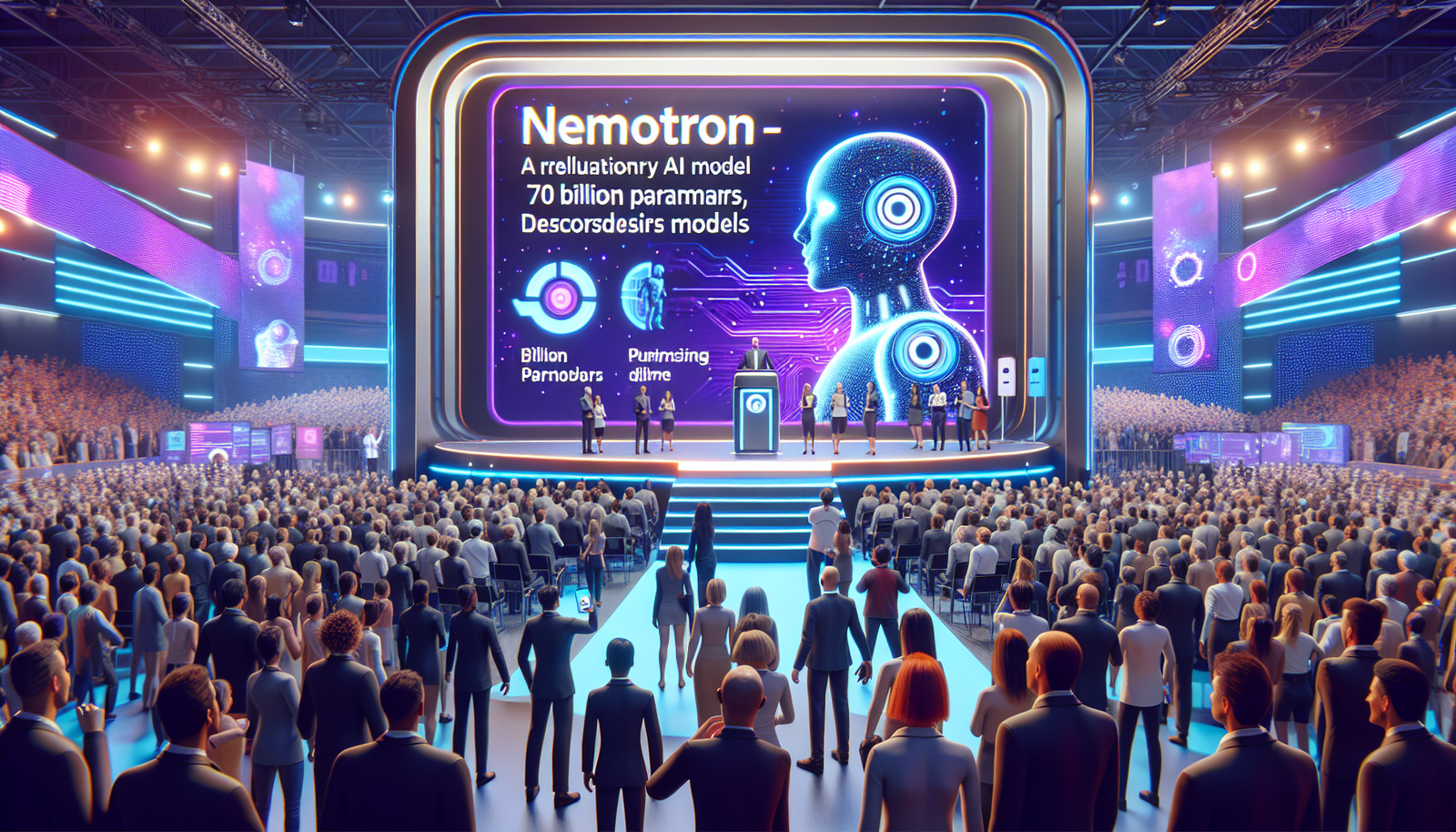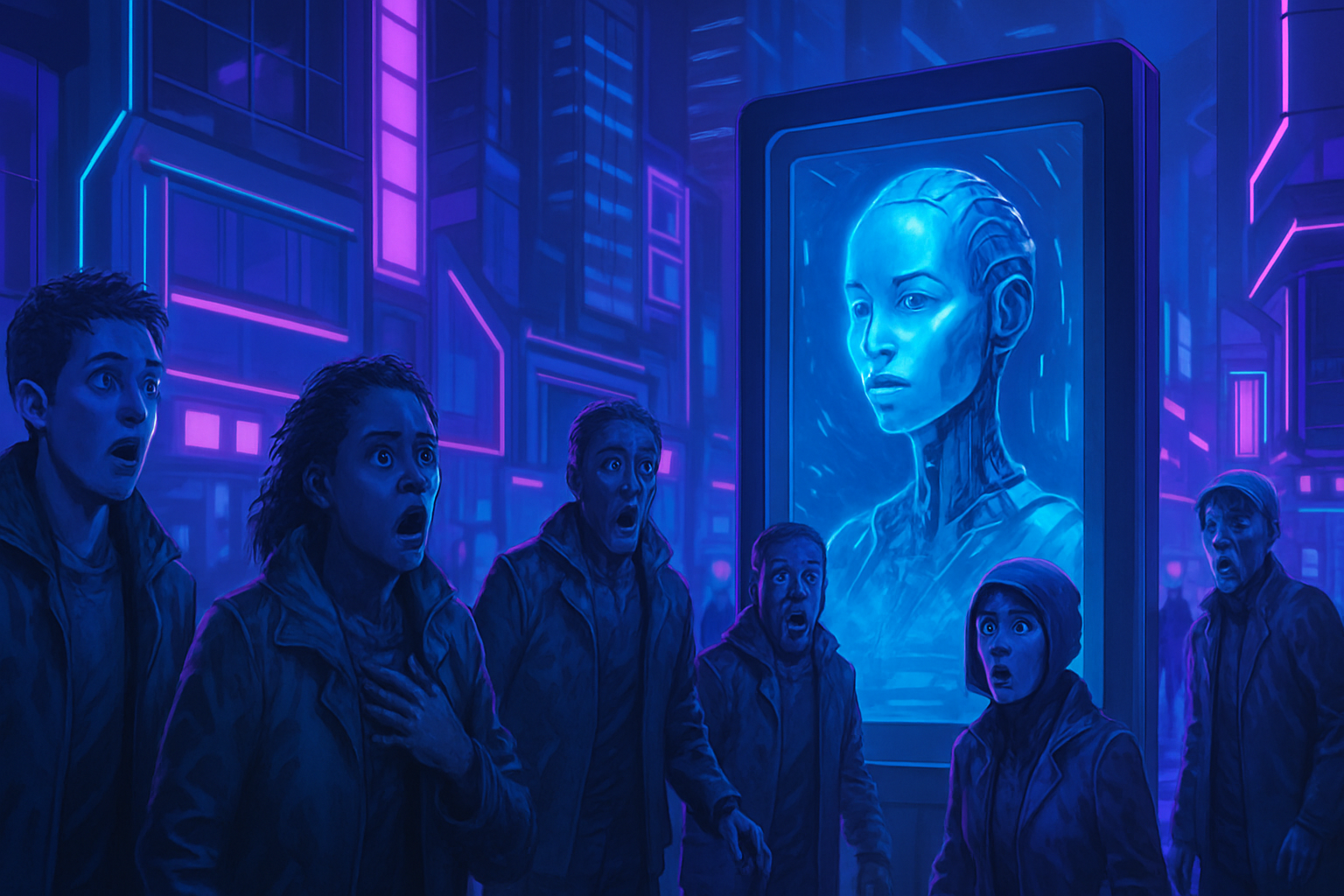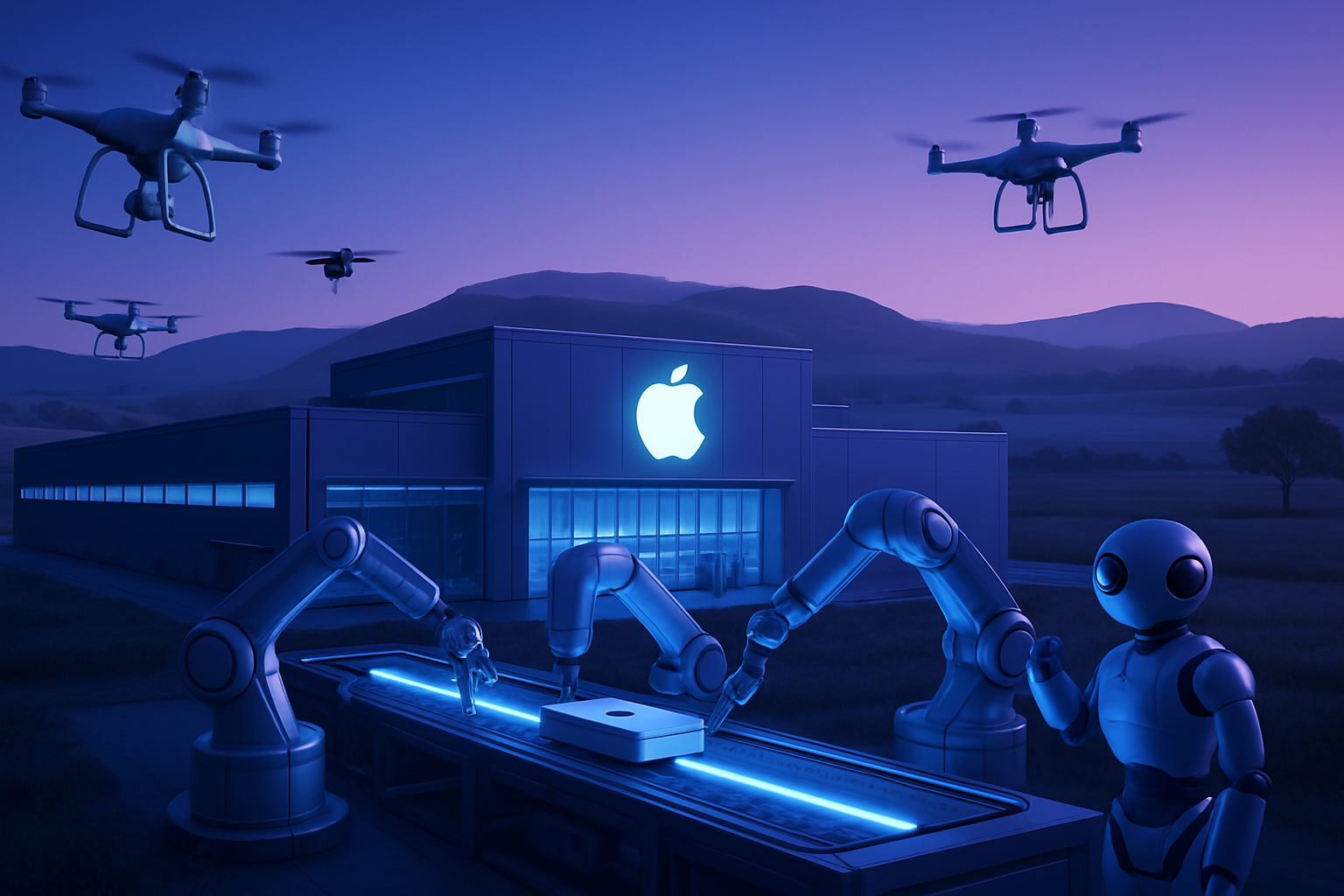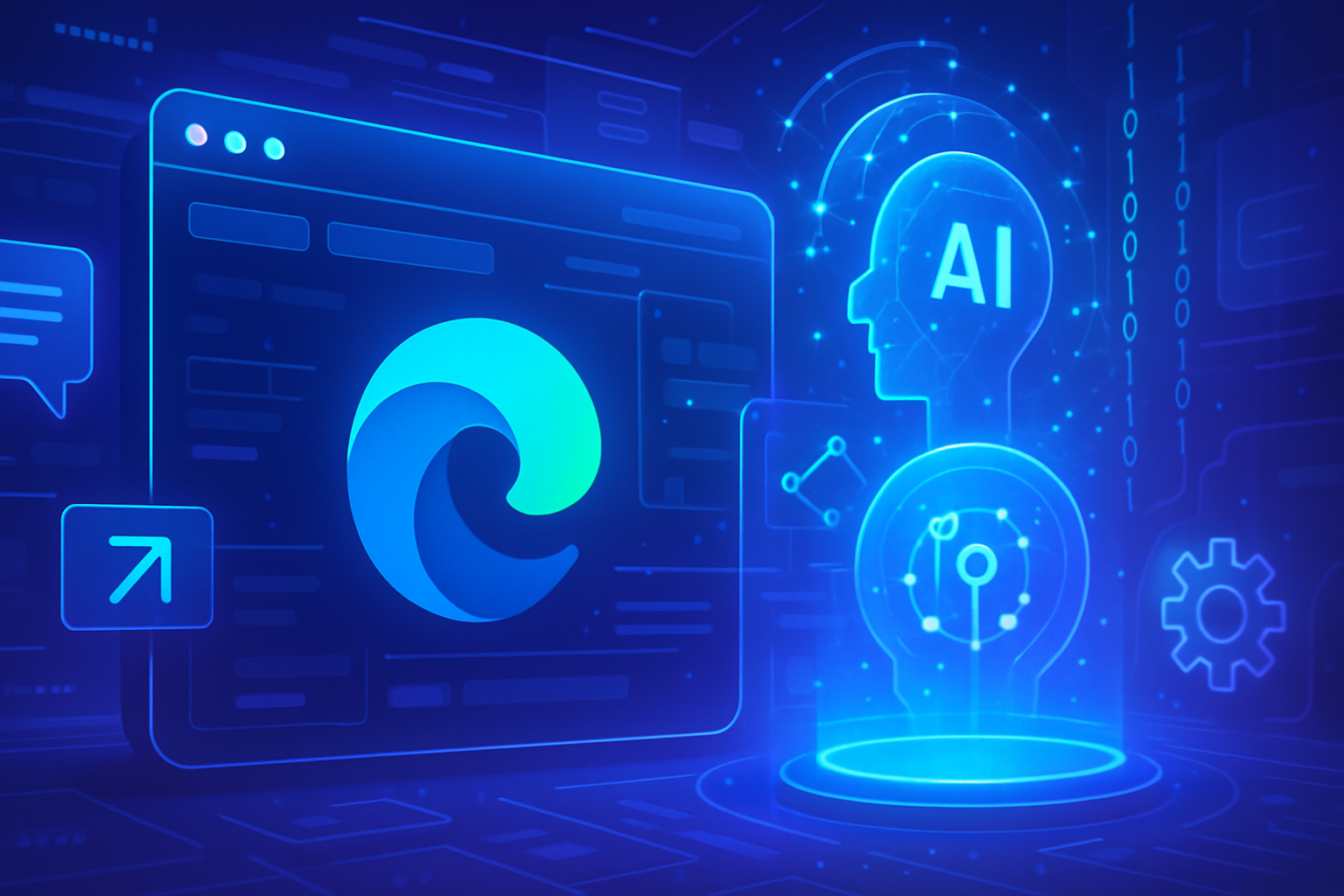Nvidia asserts itself with its revolutionary model, the Nemotron, which ignites the sphere of artificial intelligence. Equipped with 70 billion parameters, it sets a new standard against powerful competitors like GPT-4o and Claude 3.5 Sonnet. This ambitious model redefines the capabilities of LLMs by integrating unique multimodal processes, thus engaging in unprecedented performances in linguistic and visual processing. The stakes of this technological advancement raise questions about the future of artificial intelligence and its applications in various fields.
Nvidia and its new model: Nemotron
Nvidia recently presented an ambitious artificial intelligence model, named Nemotron-4 340B, which stands out with its 70 billion parameters. This technological advancement places Nvidia at the forefront of the competition, challenging popular models such as GPT-4o and Claude 3.5 Sonnet.
Performance in image recognition
The evaluations conducted by Nvidia indicate that Nemotron significantly outperforms its competitors in key areas, particularly image recognition and OCR. The results obtained during benchmarks demonstrate considerable progress, confirming the effectiveness of this model in the multimodal processing of data.
Multimodal capabilities
Nemotron-4 is designed to process various types of information simultaneously, integrating both text and images. This ability to interact with multiple modalities enhances its utility in diverse applications, ranging from virtual assistance to content creation. Nvidia’s multimodal technology reinvents performance standards.
Comparison with competing models
Comparisons with GPT-4o and Claude 3.5 Sonnet highlight the strengths of Nemotron. Tests demonstrate that Nvidia’s model not only competes but also surpasses its counterparts in terms of speed and accuracy. Such dominance in the AI space could redefine competition among companies.
Multilingual support and programming
One of the strengths of Nitron-4 lies in its support for more than 50 natural languages and 40 programming languages. This versatility positions the model as an essential tool for developers and companies looking to expand their linguistic reach.
Open Source and accessibility
Nvidia has opted for an open source approach, making Nemotron accessible to a wide audience. This decision fosters innovation by allowing researchers and developers to adapt the model to their specific needs. The accessibility of this new tool could profoundly influence the technological landscape.
Technological advancements
The advancements brought by Nemotron-4 signal a significant turning point in artificial intelligence innovation. The implications of this model far exceed mere updates, promising to transform human-machine interactions.
Frequently Asked Questions
What is Nvidia’s NVLM model and how many parameters does it have?
The NVLM, or “NVIDIA Large Multimodal Model”, is an open-source language model that contains 72 billion parameters, designed to excel in language processing and visual recognition tasks.
How does the NVLM compare to other models such as GPT-4o and Claude 3.5 Sonnet?
Nvidia’s benchmarks indicate that the NVLM outperforms GPT-4o and Claude 3.5 Sonnet, particularly in the areas of image recognition and OCR.
What are the main features of Nvidia’s Nemotron model?
Nvidia’s Nemotron-4 340B is capable of supporting over 50 natural languages and 40 programming languages, allowing enriched interaction across different types of content.
Has Nvidia made the NVLM accessible to the public?
Yes, Nvidia has released the NVLM as an open-source artificial intelligence model, allowing the developer and research community to access and work with this advanced model.
Which industries could benefit from using the NVLM?
Industries such as healthcare, education, and information technology, among others, can take advantage of the enhanced natural language processing and image recognition capabilities offered by the NVLM.
What technological innovations were introduced with the launch of Nemotron-4 340B?
The Nemotron-4 340B integrates advancements in multimodality and natural language processing, establishing new performance standards in how AI models interact with textual and visual data.
Can the NVLM be used for commercial applications?
Yes, the NVLM is designed for various applications including commercial solutions, intelligent chatbots, and other types of AI-based user interfaces.






